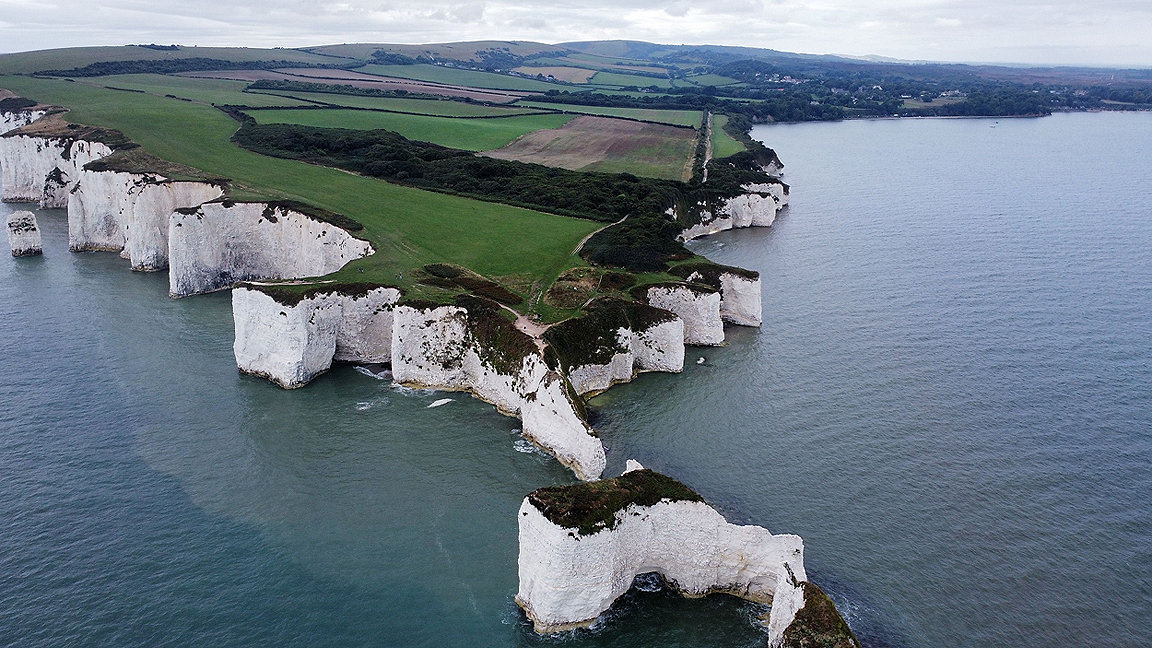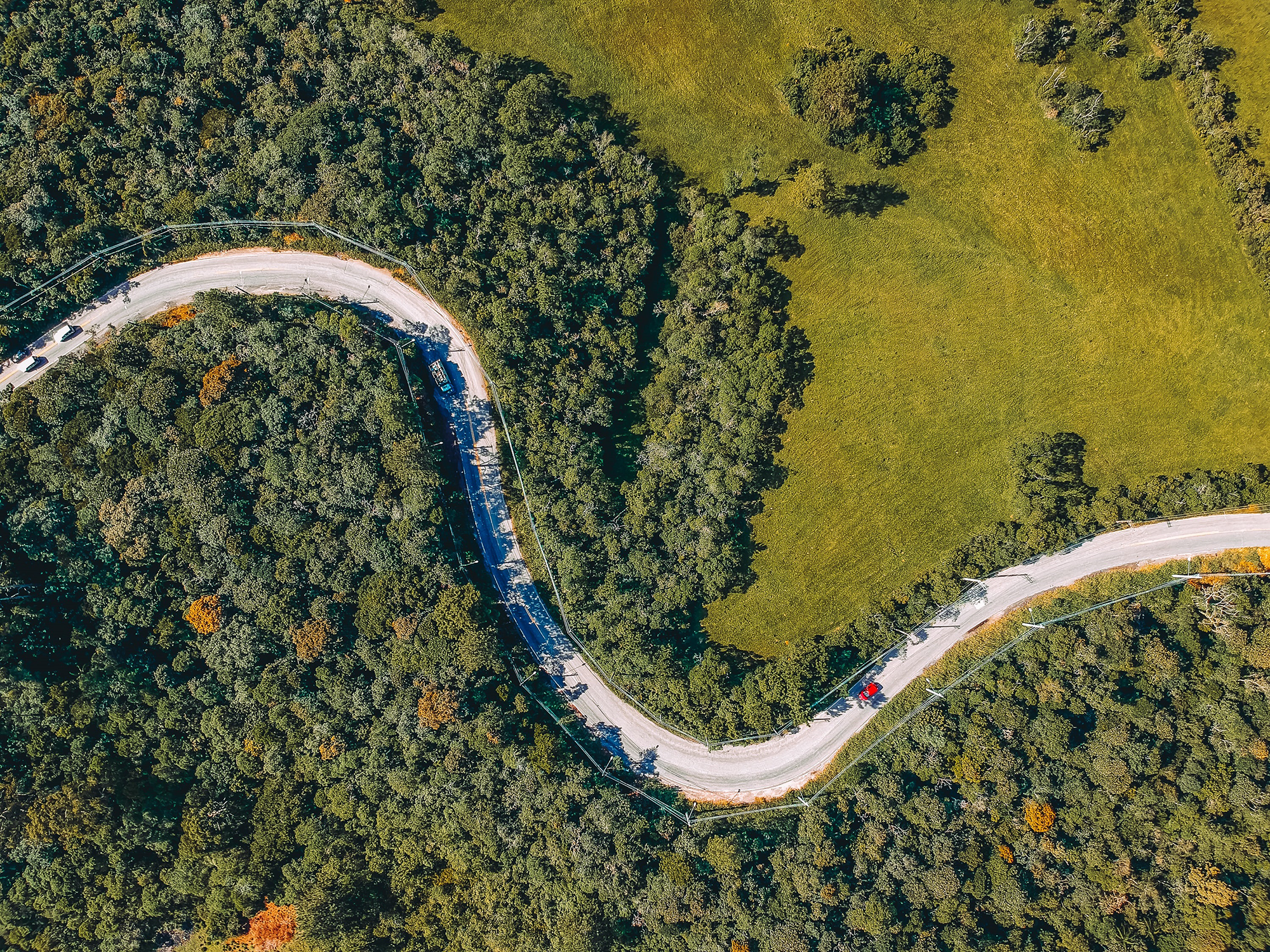
While the concept of valuing nature has its critics, with some arguing that nature is of intrinsic value, refusing to add a value makes a natural resource invisible to those looking to interact with it. As ecological economist Robert Costanza, a key thinker in natural capital valuation points out, ecosystem services are complex, uncertain and there is no one right way to do it. However, there is a wrong way – and that is to not do it at all.
The latest figures from the UK's Office for National Statistics (ONS) show that in 2021, the total asset value of ecosystem services in the UK was more than £1.5tn, an increase of 3% since 2017.
The importance of the profession in the valuation of natural capital – the stock of renewable and non-renewable natural assets that yield benefits to people, that is ecosystem services – has already been established, for example in RICS' Value of natural capital: the need for chartered surveyors.
However, research and technology in this area has advanced considerably over the past few years, and this has led to a better understanding of valuation techniques that have informed the development of automated platforms for such valuation.
As these may be of considerable benefit, chartered surveyors working across disciplines should be aware of each of these developments and what they offer.
The development of the System of Environmental Economic Accounting (SEEA) has perhaps been one of the most significant advances. In March 2021, the UN Statistical Commission adopted this framework to ensure consistency in environmental and economic reporting.
The collaborative open-source platform Artificial Intelligence for Environment and Sustainability (ARIES) was then developed based on this framework. The platform acts as an aggregator allowing users to upload their own spatial and non-spatial data.
According to the website, the tool will enable users to 'produce rapid, standardised, scalable and customisable ecosystem accounts for their area of interest that are consistent with the SEEA … framework'.
The site also provides a raft of guidance, explanations and updates as the platform evolves, explaining that monetary estimates can provide information for decision-makers, for policy planning, cost–benefit analysis and raising awareness.
The EU has adopted the Natural capital accounting tool as well, which is based on the SEEA. This is a common set of rules and methods to track changes in ecosystems and services across policy areas.
The Destination Earth project has meanwhile been designed to develop a highly accurate digital model of the Earth. The objective is to achieve the twin transition as part of the European Commission's Green Deal and Digital Strategy. The model's initial focus is 'the effects of climate change and extreme weather events, socio-economic impact and possible adaptation and mitigation strategies'.
In the UK, the Environment Agency's Natural capital register and account tool (NCRAT), originally released in 2021, was updated to version 1.2 last year. The NCRAT is a publicly accessible, spreadsheet-based tool, allowing users to identify natural assets in a particular area and calculate the value of the services that they provide.
This updated version also aligns the NCRAT with the Department for Environment, Food & Rural Affairs (DEFRA)'s Enabling a Natural Capital Approach (ENCA). The ENCA comprises a range of resources including data guidance and tools for natural capital accounting. These were also updated last year, and include case studies, assessment templates and links to relevant sources of information.
Combined with and informed by the ONS natural capital accounts, these approaches create an increasingly robust and cross-referenced database. The ONS UK natural capital accounts methodology, updated in 2022, is also a useful resource.
In parallel with national and international developments, significant research that informs natural capital valuation continues to provide vital data and resources. Stanford University has developed the InVEST platform, for instance, a free suite of open-source software models to map and value ecosystem services.
A recent research project in the UK has also produced a number of exciting tools, in particular the South West Partnership for Environmental and Economic Prosperity (SWEEP). Carried out between 2017 and 2023, this was a collaboration between the Universities of Exeter and Plymouth, and Plymouth Marine Laboratory. The project also involved more than 300 businesses, policy-makers and community partners.
The project focused on the geographical areas of Devon, Cornwall and the Isles of Scilly, but the findings and subsequent tools are globally applicable. Developed as part of the project, the Natural Environment Valuation Online tool (NEVO) values natural capital in areas on a 2km-by-2km grid.
Also developed at Exeter University, the Outdoor Recreation Valuation tool (ORVal) is an open-access platform that helps value green spaces. The underlying data that powers ORVal was provided by the Monitor of Engagement with the Natural Environment (MENE) survey carried out by Natural England annually.
ORVal enables users to calculate the social or cultural value provided by ecosystem services. Additional resources for exploring this dimension can be accessed at the UK government's Culture and Heritage Capital portal.
The Ecosystems Knowledge Network, supported by DEFRA to inform the ENCA, has developed an assessor platform that review a range of natural capital methodologies and tools.
This is an excellent first port of call for anyone looking to apply natural capital methodologies to their project, or simply to explore the way valuation techniques are incorporating the natural environment.
Dr Gregory Borne MRICS is principal surveyor at Sustain Surveying and course leader for the MSc International Business Management at Falmouth University
Related competencies include: Environmental management, Land use and diversification, Management of the natural environment and landscape
26 June | 08:00–17:00 BST | Royal Agricultural University, Cirencester
RICS rural conference 2024 is of interest to those working in the rural sector, from farmers, landowners, land managers and surveyors, to rural property valuers and environmental professionals.
This year's event will cover updates on carbon markets, biodiversity net gain, and geospatial data. Find out the latest on DEFRA's funding and the Rock Review.
In addition, speakers from OFWAT and water companies will showcase examples of how they are dealing with challenges in the water sector and what more needs to be done.
Case studies from those working in the rural sector will offer practical solutions to rural professionals and there will be plenty of opportunity to network with your peers.

PROPERTY JOURNAL
Ludmila Simonova 26 April 2024
PROPERTY JOURNAL
Vicky-Jayne Lee MRICS 19 April 2024
PROPERTY JOURNAL
Zhana Lennox MRICS 12 April 2024